AMBICON – A GATHERING OF THE SPACE TRIBES
![]() As I write this, hoards of musicians, media people and fans are gathering in Austin, Texas for the South By Southwest Festival (SXSW), an annual orgy of rock in almost all, but mostly alternative, forms. It’s a place of long riotous nights and over-hyped bands playing anywhere there is a stage and electricity and some places where there isn’t.
As I write this, hoards of musicians, media people and fans are gathering in Austin, Texas for the South By Southwest Festival (SXSW), an annual orgy of rock in almost all, but mostly alternative, forms. It’s a place of long riotous nights and over-hyped bands playing anywhere there is a stage and electricity and some places where there isn’t.
AMBIcon: A Quiet Festival of Ambient Music isn’t that. On the weekend of May 3-5, 2013 at the Embassy Suites Hotel in San Rafael, California, AMBIcon it will celebrate a golden epoch of contemplative music journeys and sonic exploration that began in the early 1970s and continues today. There have only been a few festivals of space/ambient music in this country, notably Echoes Summer Solstice Space Music Spectacular with Steve Roach, Jonn Serrie, Robert Rich, and Jeff Pearce in 2003 at the Whitaker Center in Harrisburg, PA , the Star’s End 30th Anniversary Concert in 2007 which included Robert Rich, Ian Boddy, Jeff Pearce, The Ministry of Inside Things and Orbital Decay in Philadelphia and most recently, Steve Roach’s SoundQuest Fest 2010 with Roach, Erik Wøllo, Byron Metcalf, Mark Seelig and Loren Nerell. Events like the Different Skies Music Festival in Arizona tend to draw hobbyists more than fans and top tier players (with a few exceptions like Giles Reaves). That might make AMBIcon the most ambitious festival of its kind in the new millennium.
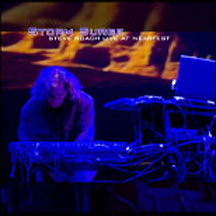 Music from the Hearts of Space is a long-lived radio show celebrating their 40th anniversary. I wrote about them five years ago to commemorate their 25th anniversary of national distribution (Music from the Hearts of Space makes 25th orbit around the sun). With AMBIcon, they’re throwing a birthday party with a weekend long lovefest for the program. Curated by HOS host and producer Stephen Hill, the line-up includes three American icons of electronic/space/ambient music: Steve Roach, Robert Rich and Michael Stearns, as well as ambient chamber composer Tim Story and ambient guitarist/Chapman Stick player/pianist Jeff Pearce. Then it heads out a bit to embrace Hans Christian of the group Rasa, who will play a looping cello set and Stephan Micus, the idiosyncratic German composer who makes new music out of ethnic instruments from around the world and occasionally, flowerpots and carved stones. The furthest removed stylistically is Stellamara, the Persian-Medieval fusion group fronted by the intoxicating singer, Sonja Drakulich.
Music from the Hearts of Space is a long-lived radio show celebrating their 40th anniversary. I wrote about them five years ago to commemorate their 25th anniversary of national distribution (Music from the Hearts of Space makes 25th orbit around the sun). With AMBIcon, they’re throwing a birthday party with a weekend long lovefest for the program. Curated by HOS host and producer Stephen Hill, the line-up includes three American icons of electronic/space/ambient music: Steve Roach, Robert Rich and Michael Stearns, as well as ambient chamber composer Tim Story and ambient guitarist/Chapman Stick player/pianist Jeff Pearce. Then it heads out a bit to embrace Hans Christian of the group Rasa, who will play a looping cello set and Stephan Micus, the idiosyncratic German composer who makes new music out of ethnic instruments from around the world and occasionally, flowerpots and carved stones. The furthest removed stylistically is Stellamara, the Persian-Medieval fusion group fronted by the intoxicating singer, Sonja Drakulich.
Absent from the line-up is any artist who is ambient in the contemporary sense. The newest artists began their recording careers nearly 20 years ago. The oldest, Stephan Micus, began recording in 1976. You won’t find acts like The Future Sound of London, Loop Guru, Banco de Gaia or The Orb from the 1990s. and no musicians from the current millennium such as Bluetech, Marconi Union, Hammock, Ólafur Arnalds, or dozens of others that could be named. In fact, despite the AMBIcon name, there are no artists associated with the ambient music rebirth or it’s downtempo progeny of the early 1990s onwards.
But, there are plenty of festivals and venues where those artists play. Instead, AMBIcon draws upon a 1980s aesthetic when space music, new age, world fusion and minimalism, were all bobbing in the currents of new, non-popular music. Steve Roach, Robert Rich and Michael Stearns came of age in the early 1980s with music that was dubbed the California School at the time. But they all emerged with their own distinct approaches and by the end of that decade had little association with each other. Roach launched with a sound that mixed Berlin school sequencers and albums of deep repose like Structures from Silence before heading off into techno tribal music, a genre he virtually created, although the influence of Jon Hassell has always been acknowledged. Albums like Dreamtime Return are classics, but he’s s also completely defined the genre of “drone zone” electronic music.
Robert Rich traversed the drone zone as well, but is best know for his meeting of ethnic flutes, lap steel guitar and complex, sequencer electronics into his own, distinct electro-global sound. Terry Riley’s minimalism was an influence on early works but with Rainforest, he began carving out his own organic direction with occasional side-trips into “glurp”, his word for a world of mutating morphing electronic landscapes.
Michael Stearns was the most “new age” of these artists early on, but his sound became more extreme on albums like Planetary Unfolding utilizing the morphing electronic character of the Serge synthesizer. He’s now best known for his expansive soundtrack work including the triliogy of Chronos, Baraka and Samsara mixing global elements with electronic mutations..
All three of these artists infuse global influences into their music, but the godfather of that approach is Stephan Micus. Other than reverb and a microphone, I don’t think there’s ever been an electronic circuit involved with his music. Instead, he creates compositions from exotic ethnic instruments like the sattar a bowed 10-string instrument used by the Uyghur, the Japanese shakuhachi flute, the Balinese suling flute and the Turkish ney flute. I think the first time I heard an Anklung, the southesast Asian bamboo percussion instrument, was on Micus’ Archaic Concerts album, released in 1976. No one has ever made flowerpots sound so beautiful, which he does on several albums including Twilight Fields.
Hans Christian evolved from that world fusion sound, but he mixes it with electronics and an ambient chamber music sensibility. He’s classically trained on the cello, but he can whip it out on Indian sarangi, Fender electric bass and all kinds of percussion as well. With Rasa he forged a heaven-induced east-west fusion around Hindi chants sung by Kim Waters. He continued that eastern sound last year on the album, You Are The Music of My Silence with Harry Manx, an Echoes CD of the Month. Besides his eastern forays, Christian has spent the last few years playing a mix of classical cello, solo improvised cello and solo looping cello, releasing several finely honed recordings like The Undefended Heart. That’s the sound he’ll bring to AMBIcon.
Tim Story is a music who is apart and a part with these musicians. He’s based in Ohio, not known as a hotspot for new music like California. Like Christian, he comes from a classical direction, but like Roach, Rich and Stearns he’s largely self-taught. Story was as inclined toward Satie and Debussy as he was Cluster and Klaus Schulze. But the deepest influences on his music are Brian Eno and Harold Budd. Although Roach used to have a copy of Klaus Schulze’s Timewind on his studio wall, Story actually played with his German heroes, recording with Hans-Joachim Roedlius from Cluster and Harmonia, as a duo called Lunz. He’s released a string of increasingly chamber oriented works and is in fact, one of the early pioneers of Ambient Chamber Music.
Music only lasts if it has children, and Jeff Pearce is one of them. In fact, his latest album, In the Season of Fading Light, could be the spawn of a Tim Story CD. Pearce is a generation or two younger than most of the artists here, releasing his first album in 1993, Tenderness and Fatality. That album immediately caught my attention with it’s delicate, layered guitar filigree and Pearce’s melancholy melodic gift. He’s continued with several albums since then while also moving on to Chapman Stick and on his latest album, piano.
The odd group out is Stellamara. They don’t come from space music or ambient traditions at all. Instead, they create a world music of the imagination, filtered through Eastern European refrains, spun in Persian grooves, blended in medieval modalities and supercharged by San Francisco’s multi-cultural sensibilities. It’s all centered by the vocal incantations of Sonja Drakulich, whose voice evokes Bulgarian choirs and middle eastern ululations in this richly layered, percussive world fusion. Dead Can Dance and Vas may be close points of reference, but Drakulich actually sings real words, albeit in Spanish, Farsi, Arabic and Galician. Unless they’ve changed direction, they will definitely up the rhythmic ante at AMBIcon.
Roach, Rich, Stearns, Micus, Story; these artists are the reason for Echoes in the first place. The show was created to expose the still amazing music they were making when we launched in 1989. They were artists that I had been playing on the radio since the mid 1970s. For fans of this music, AMBIcon: A Quiet Festival of Ambient Music could be a perfect weekend of blissed-out music and is certainly a counterpoint to events like the Ultra Festival, SXSW, the Glastonbury Festival and Bonnaroo.
Head to San Rafael space fans, wherever you are.
~John Diliberto ((( echoes )))
 Sign u
Sign u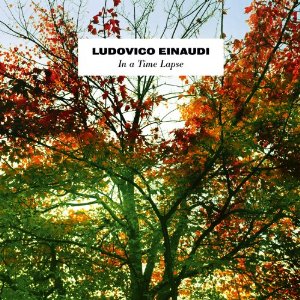 p for Echoes CD of the Month Club. With the Echoes CD of the Month Club, you get great CDs like In A Time Lapse Club members will get this album 10 days before release. Follow the link to the Echoes CD of the Month Club and see what you’ve been missing.
p for Echoes CD of the Month Club. With the Echoes CD of the Month Club, you get great CDs like In A Time Lapse Club members will get this album 10 days before release. Follow the link to the Echoes CD of the Month Club and see what you’ve been missing.
Now you can go Mobile with Echoes On-Line. Find out how you can listen to Echoes 24/7 wherever you are on your iPhone, iPad or Droid.
Join us on Facebook where you’ll get all the Echoes news so you won’t be left behind when Dead Can Dance appear on the show, Tangerine Dream tours or Brian Eno drops a new iPad album.

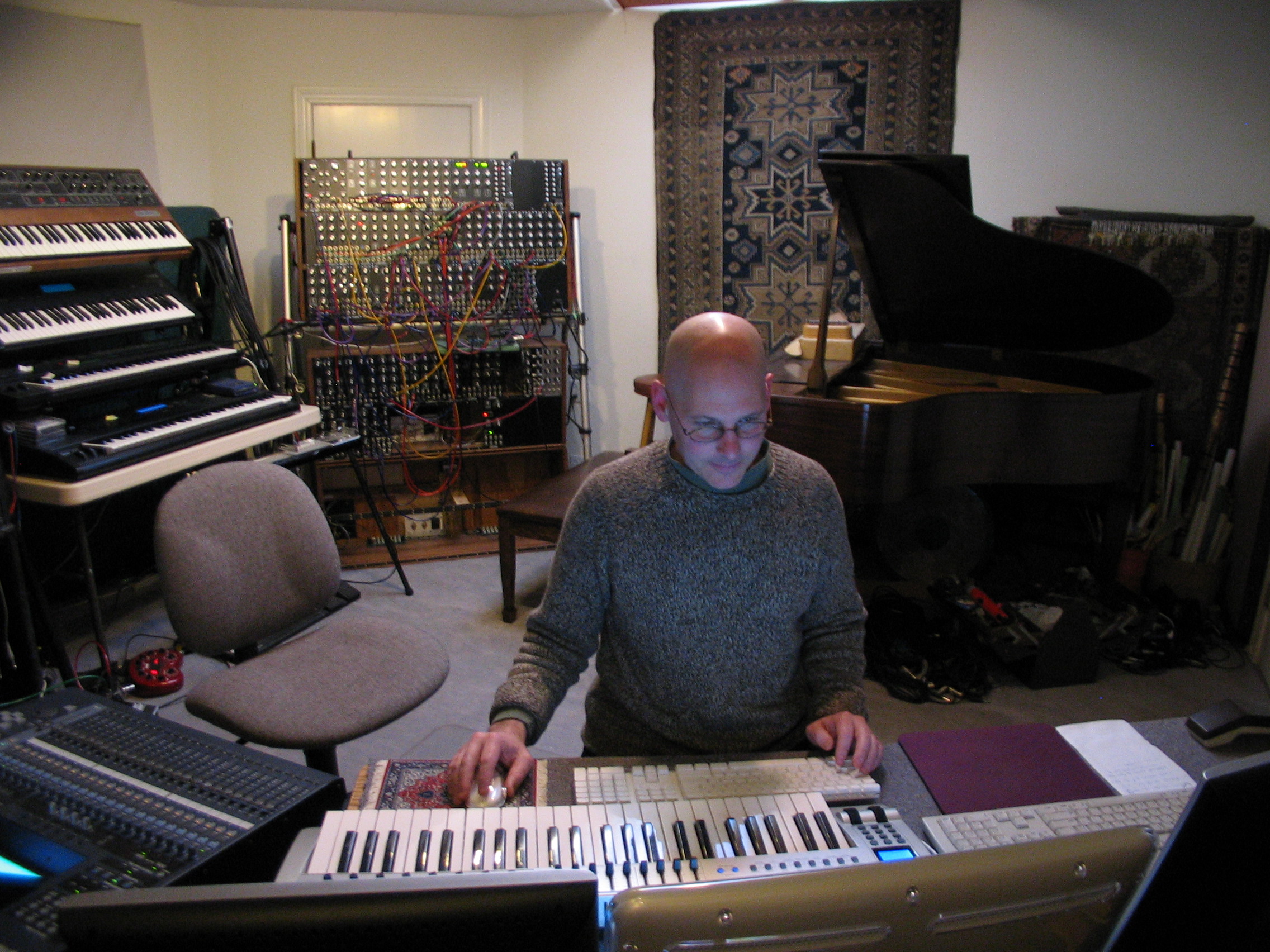
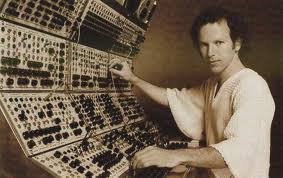

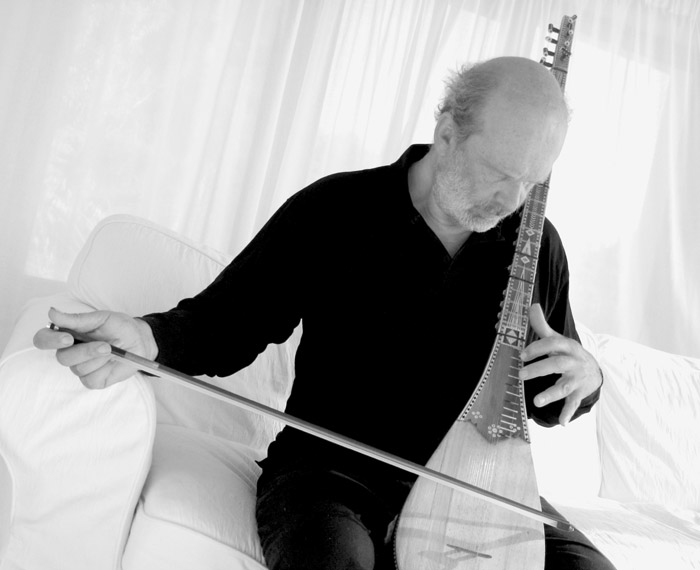
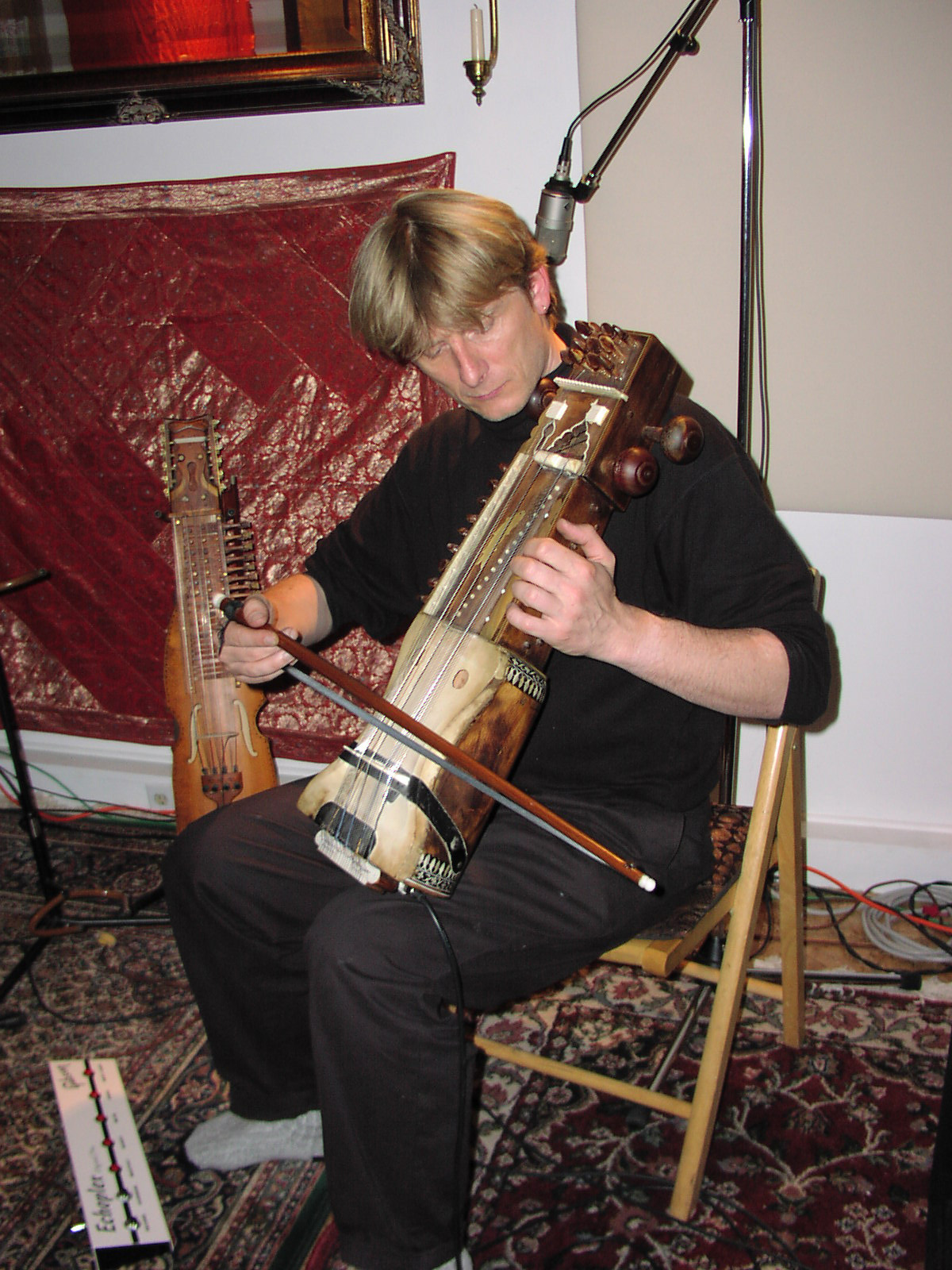
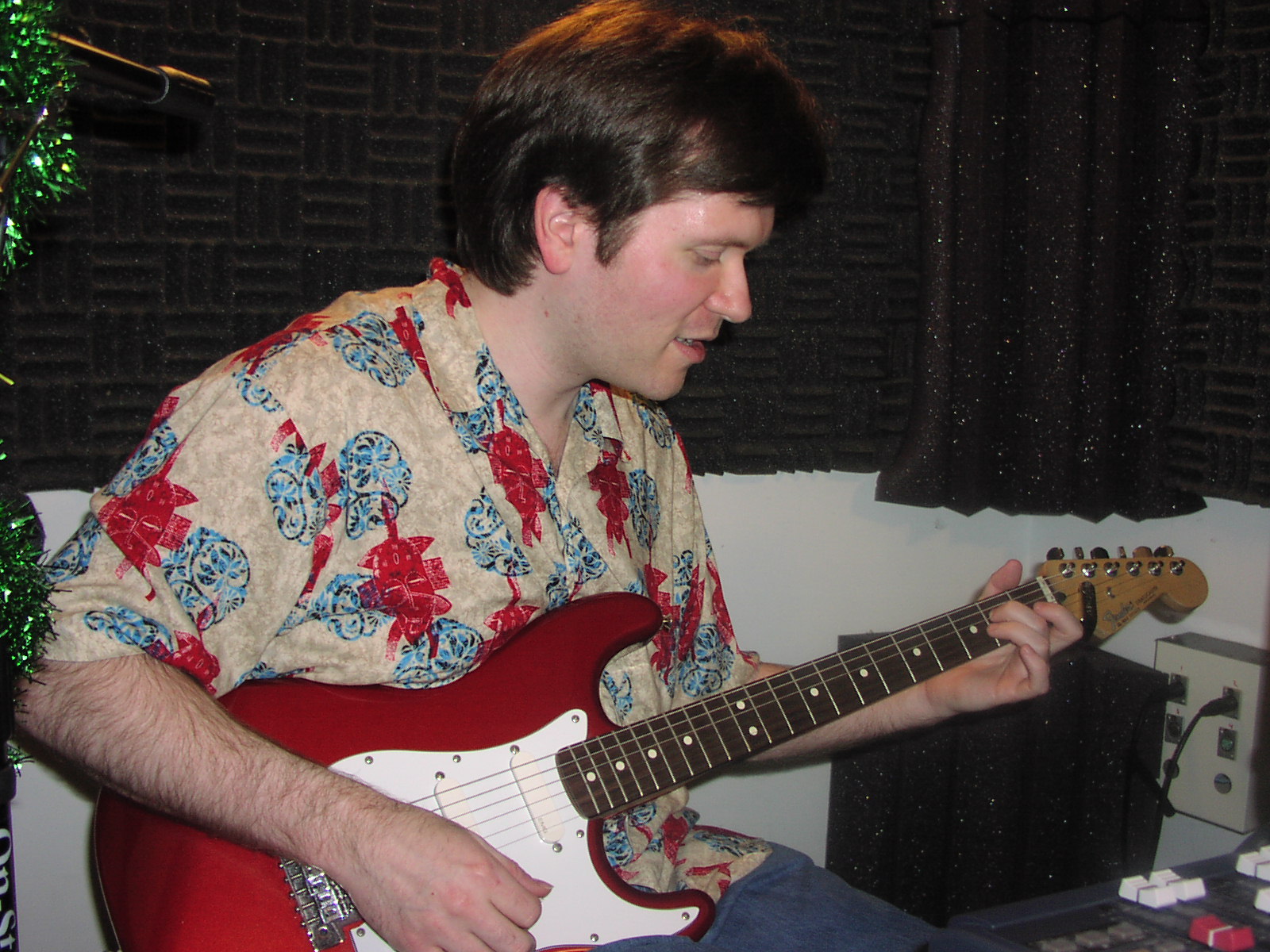
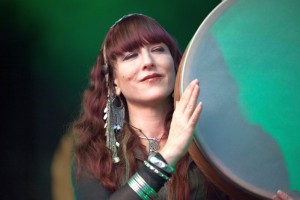
Great rundown John.
I’ve heard plenty of new-school ambient & downtempo music played and performed at outdoor festivals, bush doofs and psytrance parties. But except for one Robert Rich show, I haven’t been to anything like Ambicon before.
So I for one welcome our old-school ambient overlords.
Should be quite a weekend.